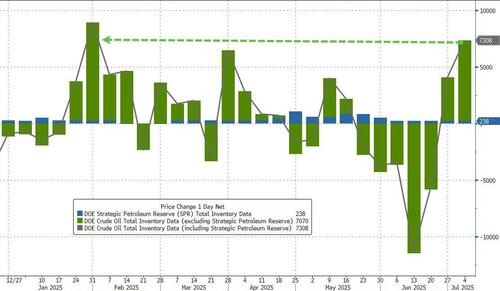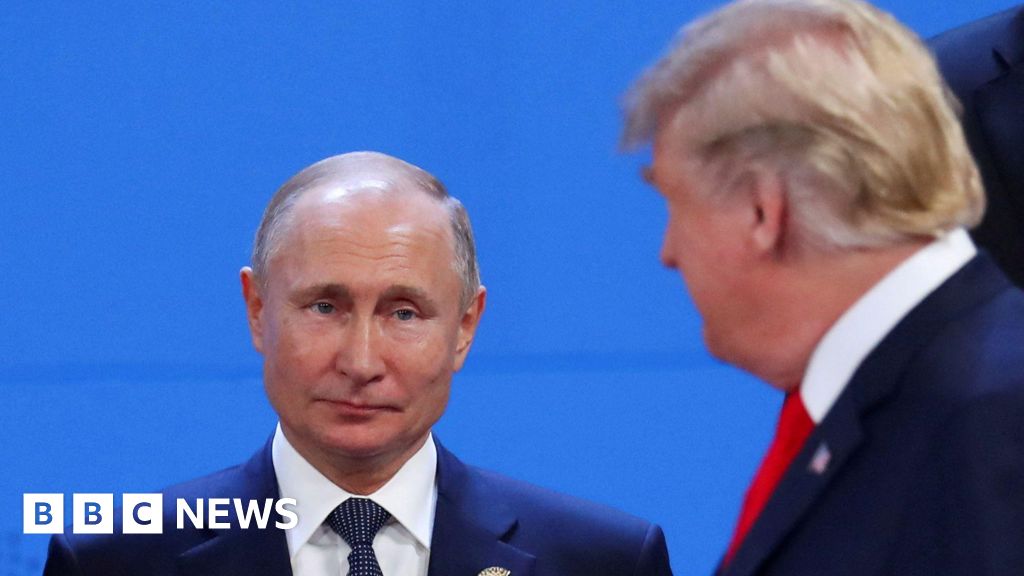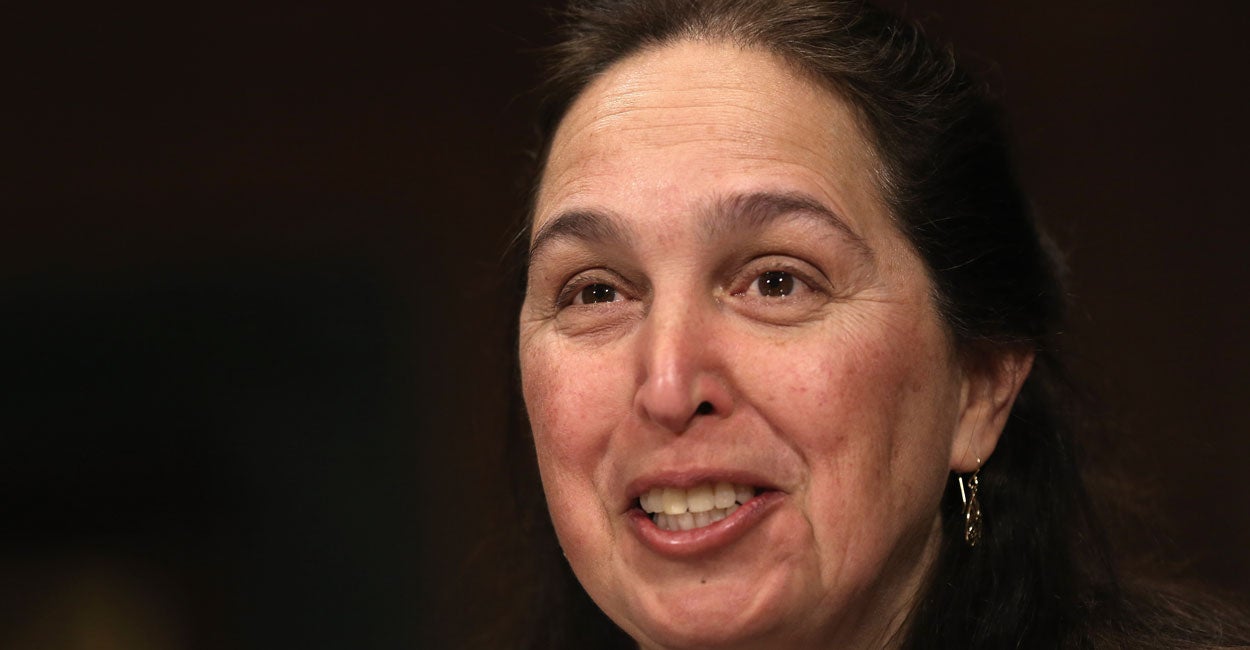Central-Planning Car-Production In Italy Blows Up Spectacularly, US Next

Authored by Mike Shedlock via MishTalk.com,
Stellantis agreed to build 1 million cars in Italy. It’s on a pace for 440,000…
Who Is Stellantis?
Stellantis, a global automotive group formed by the merger of Fiat Chrysler Automobiles (FCA) and Groupe PSA. It encompasses several iconic American automotive brands like Jeep, Chrysler, Dodge, and Ram.
European counterparts include Citroën, Peugeot, Fiat, and Maserati.
Production Slump
Please note the Grim Production Figures from Stellantis.
The Italian Metalworkers union FIM CISL projects that Stellantis will produce around 440,000 vehicles in Italy in 2025. This is less than half the target of one million vehicles by 2030 that Stellantis had agreed upon with the Italian government. This projected annual production of 440,000 vehicles is a further decline from the already low 475,090 vehicles produced in Italy in 2024, which itself marked a 37% decrease from 2023. This situation signals a significant shortfall from the previously agreed upon production goal for Italy.
Italy’s Car Nightmare
Eurointelligence comments on Italy’s Car Nightmare
Car production in Italy is having a terrible time. Stellantis, by far the biggest car producer in the country, is producing volumes that are severely down year-on-year. According to the FIM-CISL trade union, it made 33.6% fewer cars in the first half of 2025 than in the same period in 2024. If you take van production into account, the year-on-year drop is 26.9%.
By the end of the year, the union estimates that Stellantis will have produced 440,000 vehicles a year. If this turns out to be true, it will be well below the 1m vehicle per year target that the firm agreed on with the Italian government.
There are lessons from this entire experience that the Italian government should learn, and other ones that it will probably learn. One is that industrial policy should focus on new technology, and providing incentives for it, rather than dragging the old along. Italy was slow to the mark in getting an incentive scheme together for electric cars. More work could also have taken place, especially at the European level, on the electric car supply chain. China, now the world’s dominant electric carmaker, has been doing this for decades. We are way behind the curve.
But the lesson the government probably will learn is that it is risky to let big businesses fall out of Italian hands. Stellantis came about in 2021, after a merger between Fiat-Chrysler and the French Peugeot. The Italian Fiat, and its founding family, the Agnellis, were the dominant players in the Fiat-Chrysler relationship. Their influence has been diluted in the subsequent merger with Peugeot to create Stellantis.
The Italian government is likely to view it as not coincidental that the big drop-off in car production happened soon after the merger. It has already had various spats with Stellantis, which has tried to placate the government on several occasions. If car production in Italy continues to prove underwhelming, it wouldn’t be surprising to see the government double down on trying to keep the country’s largest firms in Italy.
Obvious Questions
Eurointelligence seldom misses the boat this badly.
Why should government be telling companies how many cars to make?
This has little to do with the merger other than a stupid decision to ramp up EVs that few want.
Rough Four Years
The Street reports Jeep parent Stellantis explores shocking move for struggling brand
Under former CEO Carlos Tavares’ leadership, Stellantis laid off American factory workers, shuffled its C-suite, and forced its U.S. brands to push products that American customers didn’t like.
Stellantis and Tavares separated in December, leaving the conglomerate rudderless for about six months before the company made a late May announcement.
Stellantis is considering the possible sale of its luxury Maserati unit, among other options, Reuters reported.
McKinsey, which is advising Stellantis on the matter, has also said divestment of its only luxury brand is a viable option. Stellantis responded bluntly to the reports: “Respectfully, Maserati is not for sale,” a company spokesperson said.
But low sales in North America was one of the reasons Tavares is no longer head of Stellantis. So is the fact that Maserati saw sales decline by more than half in 2024 to 11,300 units, while posting an operating loss of 260 million euros ($298 million) last year.
The Wall Street Journal reported that Stellantis would idle its minivan plant in Windsor, Canada, for two weeks and shutter its Jeep facility in Toluca, Mexico, for the rest of the month.
Government Meddling Is the Problem
The US under Biden, and the EU nannycrats in general set untenable goals for EVs. Companies ramped up production for cars that few wanted.
The automakers are not profitable or barely profitable without energy tax credits.
Trump put an end to that but created his own distortions. Making cars in the US like he wants is guaranteed to do one thing, and that’s raise prices.
We cannot build cars here as cheaply as we can in Mexico. Consumers, not Mexico will pay the price.
Loading…













